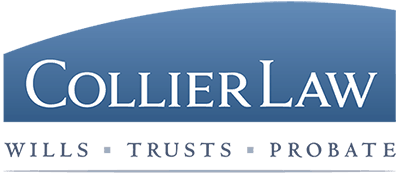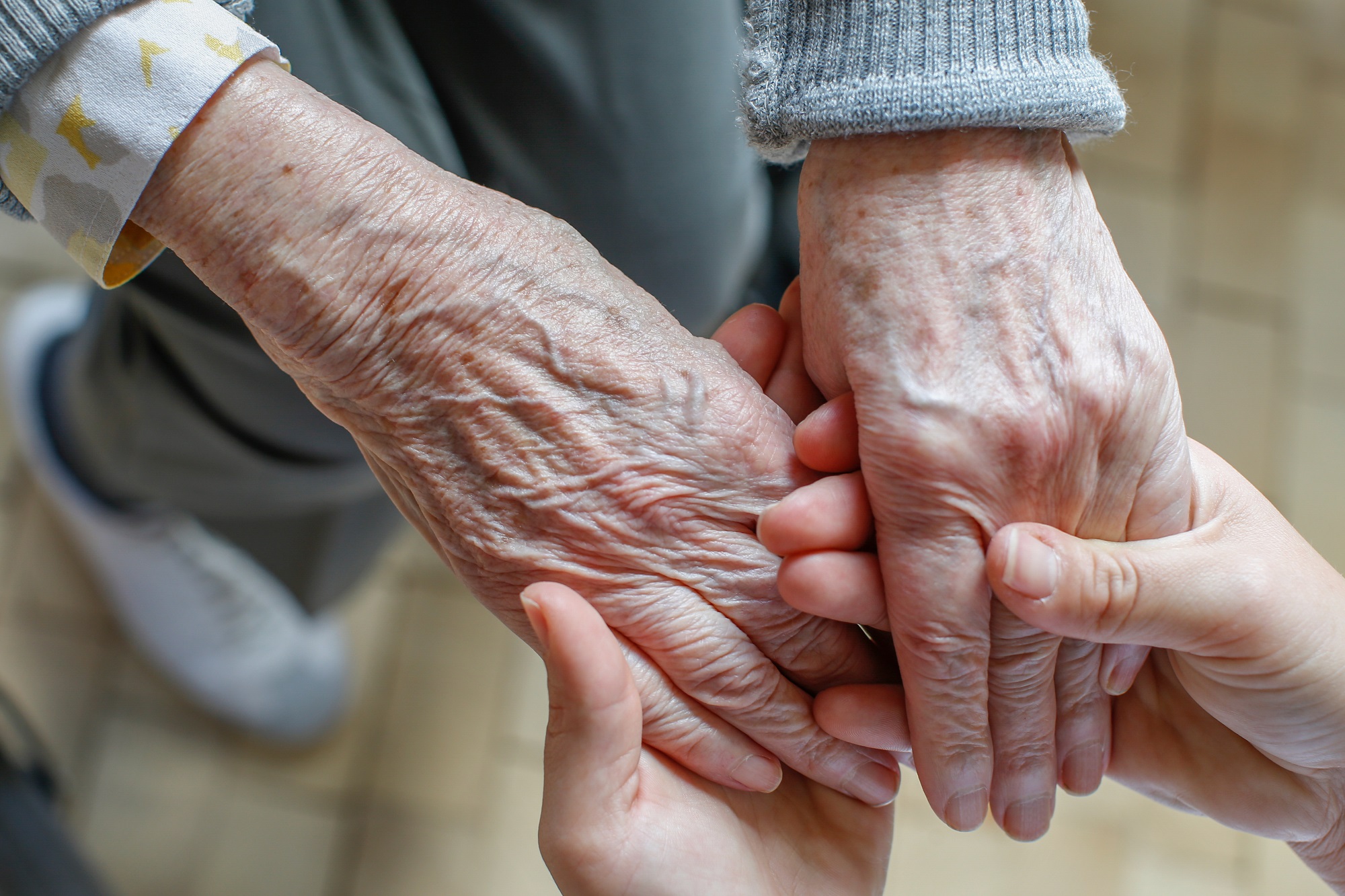You might not know this, but guardianship and conservatorship aren’t just legal jargon meant to confuse you. In fact, they’re critical roles that you might need to play one day, possibly for a loved one who can’t make decisions for themselves.
As a guardian, you’d be responsible for their personal care, while as a conservator, you’d handle their financial matters. Seems straightforward, right? However, there’s more to these roles than meets the eye.
You’ll want to stick around to understand the fine print, as it could mean the difference between protecting those you care about or leaving them vulnerable.
Understanding the Basics
In the legal field, there are many terms that are used to explain the necessary roles each person takes to ensure the wellbeing of their loved one.
A person that is unable to make critical decisions regarding their physical and financial wellbeing, such as minor children, elderly parents, and disabled family members, and has a guardian or conservator appointed by the court, is known as a Ward or Protected Person. Throughout this article, we will refer to the person requiring assistance as a Protected Person.
The Court may appoint a Guardian for a Protected Person because it has been determined that they are unable to ensure their own physical wellbeing. As a guardian, you’re responsible for maintaining their health, education, and welfare, and making choices that are in their best interest.
While a guardian takes care of personal decisions, a Conservator oversees the financial side. The court appoints a Conservator to handle the financial matters of those who are no longer able do so. This could include managing assets, paying bills, and making investment decisions.
The Guardian and Conservator could be a family member, a trusted friend, or a professional.
Key Aspects of Guardianship
A Guardian appointed by the court is able to make personal and day-to-day decisions for the Protected Person. These decisions are wide ranging from the medical care received to where the Protected Person resides. This legal role is critical when these individuals can’t manage their own medical care, hygiene, and safety independently.
Guardianship involves more than just making decisions about well-being and quality of life; it’s being personally acquainted with the Protected Person so that you can promote their self-determination, identify their values, and within reason, make decisions for the Protected Person that the Protected Person would make for themselves if they were able.
Key Aspects of Conservatorship
When the Court has determined that an individual lacks the ability to manage their own financial affairs, a Conservator is a crucial role in the financial protection and oversight of this individual.
As a Conservator, you’re entrusted with the significant responsibility of making decisions about someone else’s money, property, and investments.
The key advantage of conservatorship lies in its level of protection. After the appointment of a Conservator, the Court stays involved. The Court ensures structured assistance and oversight, creating a safeguard against exploitation. Conversely, the trade-offs include a loss of independence for the Protected Person and a public record of the proceedings.
It’s important to understand that conservatorship may not be the only option available. Alternative arrangements include powers of attorney and living trusts. These alternatives can sometimes eliminate the need for a conservatorship and the associated legal costs.
Guardianship Vs. Conservatorship
While you’ve gained insight into the complex world of conservatorship, it’s equally important to understand its counterpart – guardianship, and how it compares and contrasts with conservatorship. Essentially, the main difference lies in the responsibilities they hold in the life of the person they’re appointed to protect.
In guardianship, the legal guardian has the duty to make personal decisions for the individual, such as healthcare and living arrangements. On the other hand, a conservatorship is appointed to manage financial matters, including managing assets, paying bills, and making investment decisions.
Guardianship and conservatorship can co-exist, meaning one person can be both the guardian and conservator, but it’s not always the case. The court will determine whether a guardian or conservator is necessary based on the individual’s needs.
In the conservatorship vs guardianship debate, it’s not a matter of which is better but which is more appropriate for the individual’s circumstances. It’s crucial to seek legal advice to navigate these complex legal arrangements. Remember, the ultimate goal of both guardianship and conservatorship is to ensure the protection and best interest of the Protected Person.
The Process
The court knows that the role Guardians and Conservators take the Protected Person’s life is a significant responsibility and should not be taken lightly.

Establishing a guardianship or conservatorship requires a court order. To obtain the court order, there are important legal procedures, notices, and deadlines that must be followed. Because this legal process is complex, it usually requires the assistance of an attorney.
The first step in the legal procedure involves filing a petition with the court. This petition should clearly state the reasons why a guardian or conservator is needed. Once the petition is filed, the court may appoint a third party to provide an independent analysis of the situation. This investigator is known as a Visitor.
Next, the Protect Person and other persons that may have knowledge of the situation will receive notice of the court proceeding. The Protected Person is provided with the opportunity to express their wishes to the court is they desire and are able to do so.
If the Court decides that the proposed guardian or conservator is necessary and suitable, they may be appointed by the court.
However, remember that the guardianship and conservatorship process doesn’t end there. The court continues to provide to ensure the Protected Person is well cared for. In this way, the Protected Person’s rights are protected while also providing necessary assistance.
Request a Consultation with Collier Law to Set Up Your Guardianship and Conservatorship Proceedings
If you believe that someone you love may require the assistance of a Guardian or Conservator and you are interested in serving in this role, you can turn to the seasoned professionals at Collier Law for guidance and representation. With our extensive knowledge and experience, we will help you navigate the intricacies of these proceedings with ease.
Don’t allow yourself to be overwhelmed by the process. Contact Collier Law to ensure your questions and concerns are professionally managed. Let our experienced attorneys and staff guide you through these challenging legal waters, providing a beacon of clarity and support. Trust in our dedication to advocating for your loved ones and protecting their best interests. We also provide estate planning services.
Contact us today or request a consultation.

